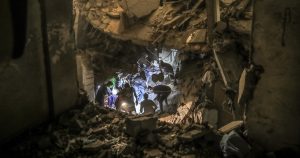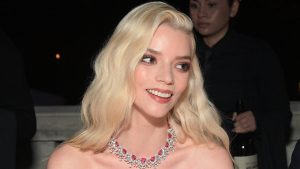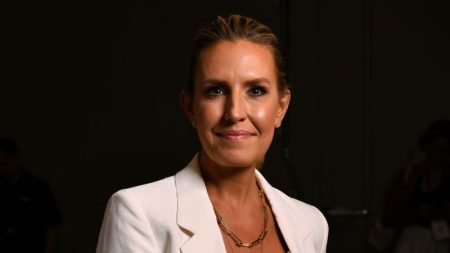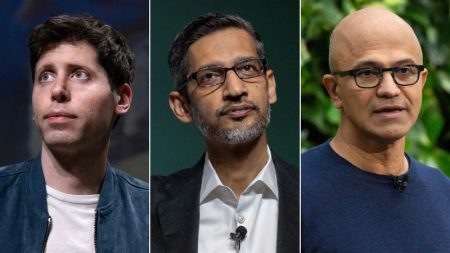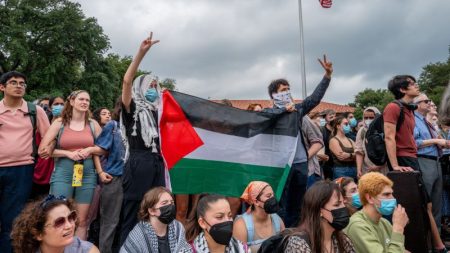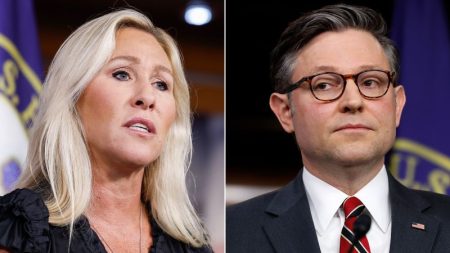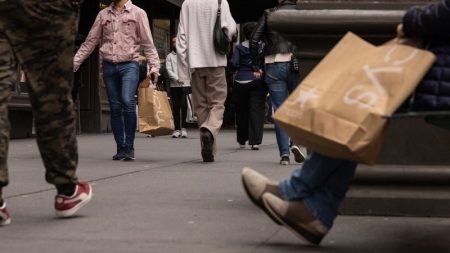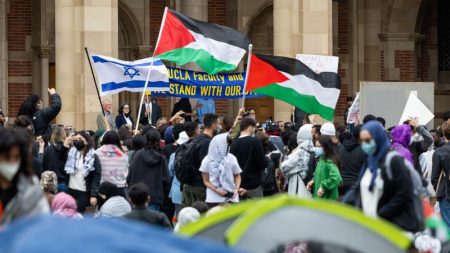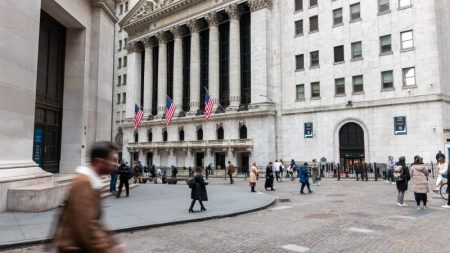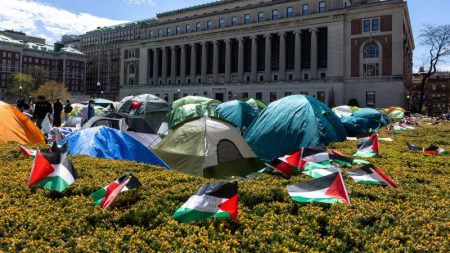The world’s largest chipmaker, Taiwan Semiconductor Manufacturing Company (TSMC), experienced some disruptions in its operations following a 7.4 magnitude earthquake that struck Taiwan on Wednesday. While the company reported that only a small number of tools were damaged, the incident highlighted the risks associated with concentrating semiconductor manufacturing in a region prone to natural disasters and geopolitical tensions. TSMC produces an estimated 90% of the world’s most advanced semiconductor chips, which are crucial components in various electronics and industries. The impact of the earthquake on chip production could potentially have far-reaching consequences for the global supply chain.
Despite the swift recovery efforts by TSMC, an hours-long shutdown of certain chip production facilities could lead to delays and potentially impact the production of high-end chips. The disruption caused by the earthquake may result in a $60 million impact on TSMC’s second-quarter earnings, according to analysts. Other technology manufacturers, including United Microelectronics Corporation, Micron, and Foxconn, are also evaluating the potential impacts of the earthquake on their facilities. Tech companies relying on GPU chips for AI applications, already in short supply, will be monitoring the situation closely for any effects on production.
The earthquake serves as a reminder of the risks associated with having a significant portion of semiconductor manufacturing concentrated in Taiwan. Efforts have been underway for years to expand chipmaking capacity outside of Taiwan to mitigate risks associated with natural disasters, trade tensions, and geopolitical conflicts. The CHIPS and Science Act signed by US President Joe Biden allocated over $200 billion in investments to bolster semiconductor manufacturing in the United States. However, delays in the construction of new fabs in locations like Japan, Germany, and the US indicate that diversification efforts may not be moving quickly enough to address the current risks.
Experts warn that the semiconductor industry is in a critical period where the concentration of chip production in Taiwan poses significant challenges. The need for diversification to other regions with less geopolitical instability is crucial for ensuring the resilience of the global supply chain. Companies like TSMC have announced plans to establish new semiconductor fabs in various countries, but the pace of expansion may not be rapid enough to keep up with growing demand and mitigate risks associated with concentrated production. The potential consequences of disruptions in chip production due to natural disasters or geopolitical tensions could have widespread impacts on various industries that rely on semiconductor chips.
In response to the earthquake, TSMC implemented measures to enhance its earthquake protections, and facilities were expected to resume production following the incident. However, the recovery process for high-end chips that necessitate continuous operations in a vacuum state could take weeks. The broader implications for the tech industry will depend on the extent of the disruption to chip manufacturing operations. Supply chain experts and US officials are closely monitoring the situation to assess the potential impact on chip supply chains and the availability of critical components for various industries. The earthquake underscores the importance of diversifying chip production and reducing dependencies on a single region to build a more resilient and sustainable supply chain in the semiconductor industry.

